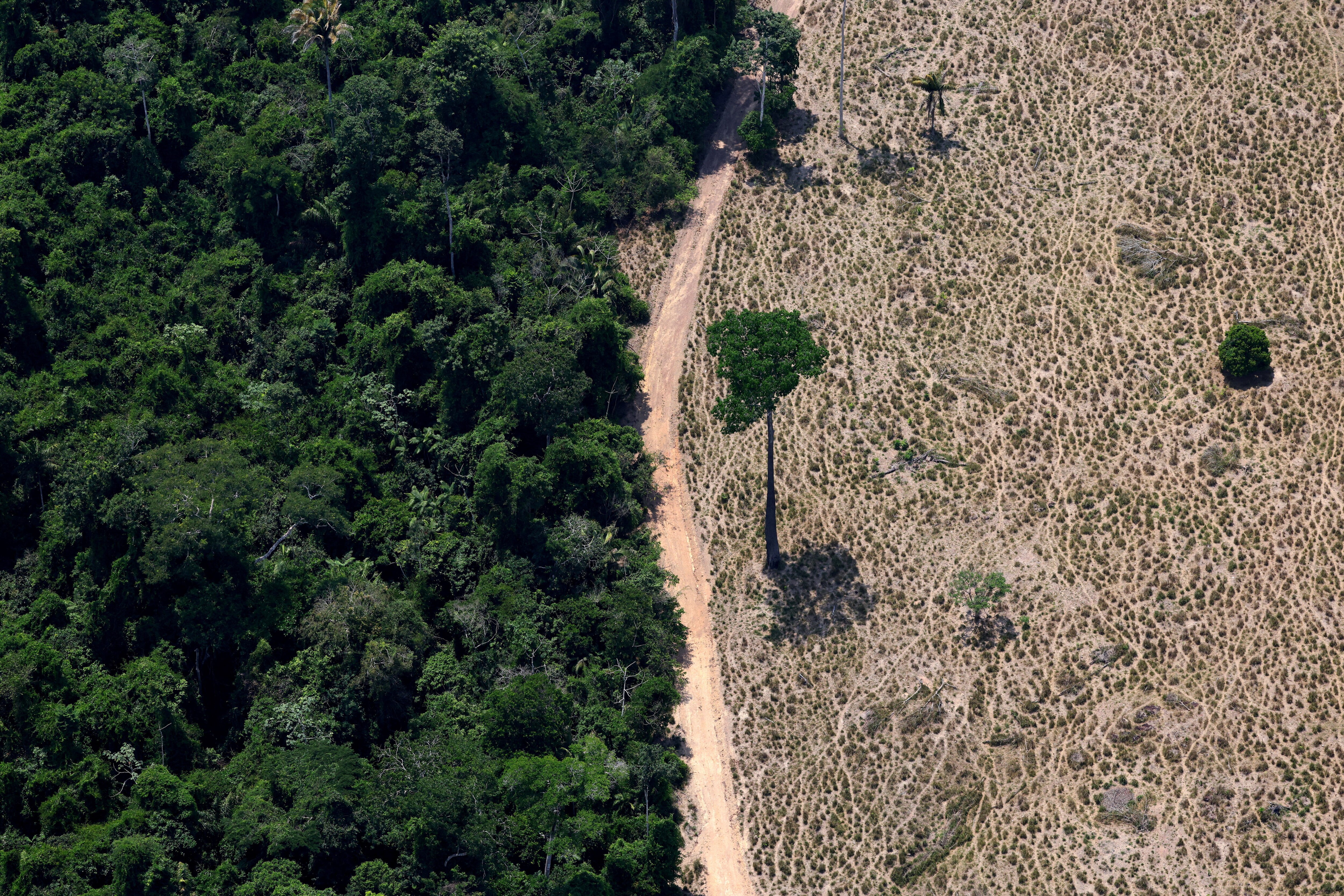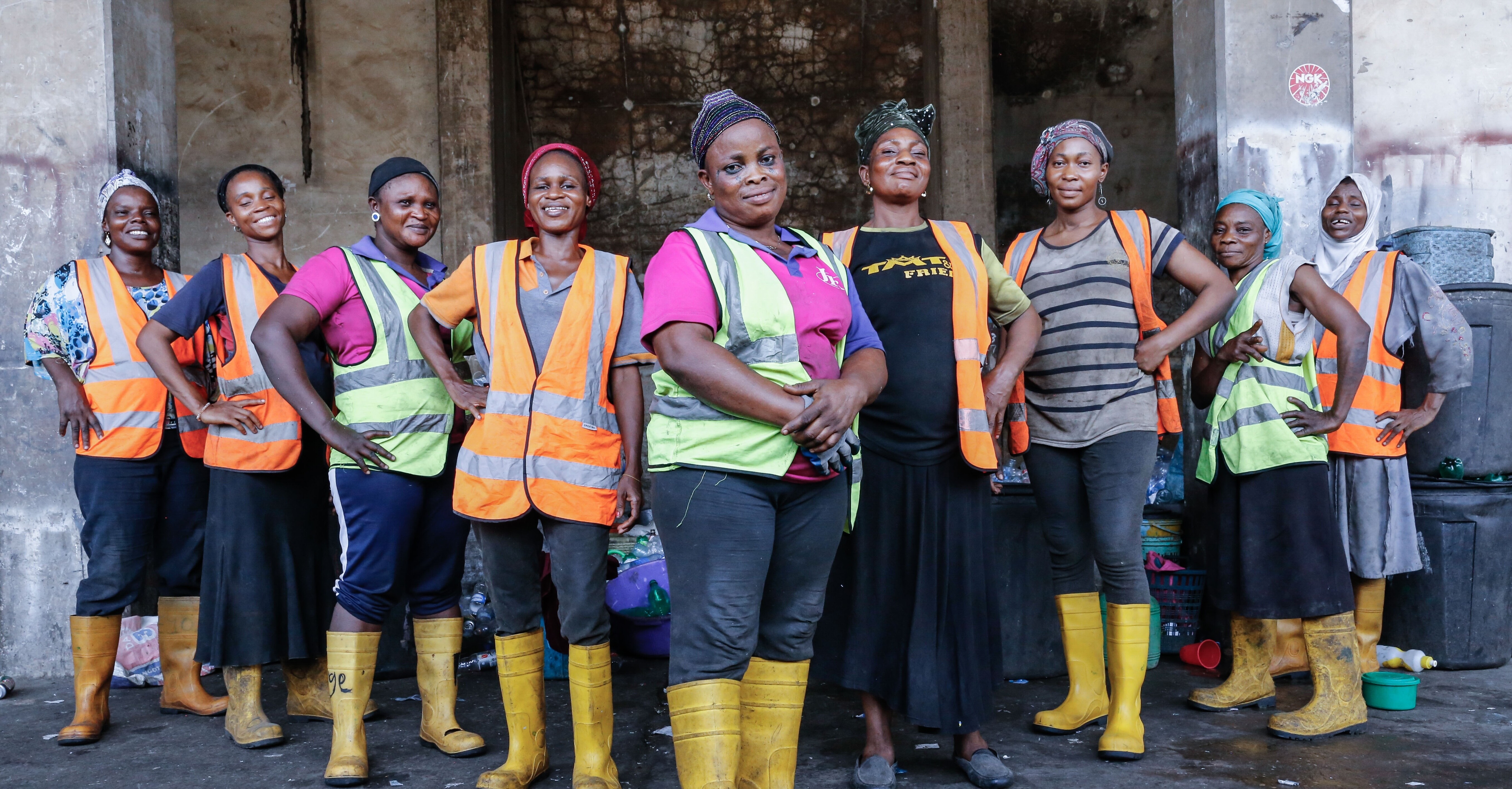How removing adaptation finance risks can help investments scale

Adaptation finance is desperately needed to help countries adapt to climate change Image: Photo by Juanita Swart on Unsplash
Sourajit Aiyer
Consultant and co-founder, Sustainability and AI Business Action Centre, University of Sussex Business School- The figures show that climate finance focuses more on climate mitigation than climate adaptation.
- This needs to change for the sake of climate-vulnerable developing nations where adaptation finance can prove vital, particularly when high capital costs delay mitigation efforts.
- Diverse strategies have successfully reduced the risks associated with adaptation finance; by replicating these, adaptation finance can be scaled up.
Adaptation has long trailed mitigation within climate finance. In 2022, climate finance for mitigation reached $1.2 trillion globally, while only $68 billion went to adaptation. Perceived risks inhibiting the assessment of cost benefits for beneficiaries and clear returns for financiers is one reason.
But, in climate-vulnerable developing nations that are home to large, low-income and rural populations, adaptation can prove vital, particularly when high capital costs delay mitigation efforts. Examples from recent G20 presidencies, such as India, Brazil and Indonesia, show how smart de-risking strategies can successfully attract adaptation finance. Replicating these models could help unlock more funding, including from commercial private investors, widely seen as essential for scaling climate finance to the levels needed.
How is the World Economic Forum fighting the climate crisis?
The market-making approach
An Indo-German development cooperation project scaled up a market-making approach to link commercial finance with renewable energy technologies that enhance climate resilience in agriculture, a sector that employed 46% of India’s workforce in 2023–2024.
The Climate Adaptation, Resilience and Climate Finance in Rural India (CAFRI II) project, built on the Ashden Award-winning Lakhpati Kisan programme, focused on boosting farmers’ incomes and resilience through distributed renewable energy and other technologies. The project, commissioned by the Federal Ministry for Economic Cooperation and Development (BMZ) and implemented by Deutsche Gesellschaft fur Internationale Zusammenarbeit (GIZ) GmbH, in close cooperation with the National Bank for Agriculture and Rural Development (NABARD) and Sa-Dhan, worked across awareness-building, capacity enhancement, stakeholder dialogue, user affordability, vendor partnerships and loan appraisal models to drive demand assurance, thus improving feasibility for commercial finance.
To reduce upfront risks and attract private lenders, the project explored tools, such as partial product and CapEx subsidies; interest rate subvention; risk-sharing mechanisms, like partial guarantees; and, concessional funds to attract refinancing. These measures helped lower the perceived risk for commercial microfinance institutions, enabling them to lend for farm technologies that aid smallholder resilience, such as solar pumps, bio-digesters, drip irrigation systems and more.
This approach created a viable asset for commercial microfinance institutions. And, the demonstrated impact and feasibility are now attracting interest from larger financial institutions, who are looking to extend refinancing lines to microfinance institutions, while additional microfinance institutions are also becoming interested. Notable developments include MoUs with Nabsamruddhi Finance, a credit line from Caspian Debt and other partnerships. A major private sector bank with significant exposure to microfinance has also expressed strong interest. This momentum could unlock commercial capital at scale for climate adaptation and resilience in vulnerable farming communities, offering a replicable model for other regions.
The technology approach
In the Brazilian Amazon, where an estimated 20% of forest cover has been lost since the 1970s, a decentralized fund piloted an innovative technology stack to demonstrate measurable impact in reducing deforestation. By restoring rainforest patches, the initiative aimed to strengthen the resilience of local communities.
GainForest Labs, in collaboration with ETH Zurich and Restor.eco, deployed a technology stack combining artificial intelligence, machine learning and smart contracts. This enabled real-time tracking, measurement and incentives for forest conservation efforts by participating farmers. Data was gathered using camera traps and mobile tools, like satellite and drone-based remote sensing, to monitor biodiversity and environmental DNA and to collect water samples. Audio-sensors helped record bio-acoustic data.
Machine learning was used to analyse satellite and drone images and study sequences of aerial photos to identify changes in forest cover. Community participation in data collection helped reduce operational costs. Meanwhile, smart contracts enabled low-fee digital asset transactions or tokens for investors.
These measures enabled credible monitoring of forest restoration, reducing risks linked to impact measurement, verification and auditability. Based on this, the fund disbursed financial incentives to participating farmers. Such trusted, data-driven approaches could pave the way for scaling outcome-based financing for climate adaptation, including through commercial capital.
The product-design approach
In Indonesia, where women’s labour force participation stood at just 60% in 2023, a Women’s Livelihood Bond helped advance gender-lens investing by reducing perceived financial risks. Developed by Singapore’s Impact Investment Exchange (IIX), the Orange Bond Principles provided a standardized framework for funding women-led initiatives across sectors, such as microfinance, clean energy, sustainable agriculture, water, sanitation and hygiene and affordable housing. By channelling capital to women-driven projects, the bond aimed to boost female labour participation and strengthen the resilience of households to external shocks, including those driven by climate change.
IIX’s Women’s Livelihood Bond-Series 5 was the first-ever issuance aligned with the Orange Bond Principles. This $50 million, four-year bond was structured as a securitization transaction backed by a portfolio of loans to women-centric enterprises in Indonesia as underlying collateral. To mitigate its risk profile, the bond featured a tiered structure: a subordinated, first-loss tranche supported by the IIX Women’s Catalyst Fund, and a senior tranche offering a 6.5% semi-annual return. Additional credit enhancement came through a 50% guarantee from the U.S. International Development Finance Corporation (DFC) and Sweden’s SIDA. Listing the bond helped to enable investor tradability and thereby reduce that risk.
The bond helped increase women’s participation in the workforce and created alternative income streams for low-income households in Indonesia, the world’s fourth most populous country. By reducing reliance on a single source of income, it also addressed key drivers of climate vulnerability and distress migration. Tangibly, this issuance empowered 44,000 women through measurable improvements in livelihoods.
In conclusion, these diverse strategies, ranging from market-making, innovative technologies and product design, have successfully reduced the risk perception that often deters commercial financiers from investing in climate adaptation. Replicating such approaches can pave the way for scaling up adaptation finance and unlocking greater flows of private capital towards building climate resilience.
Disclaimer: This article reflects the personal opinion of the authors.
Don't miss any update on this topic
Create a free account and access your personalized content collection with our latest publications and analyses.
License and Republishing
World Economic Forum articles may be republished in accordance with the Creative Commons Attribution-NonCommercial-NoDerivatives 4.0 International Public License, and in accordance with our Terms of Use.
The views expressed in this article are those of the author alone and not the World Economic Forum.
Stay up to date:
Climate Indicators
Related topics:
Forum Stories newsletter
Bringing you weekly curated insights and analysis on the global issues that matter.







